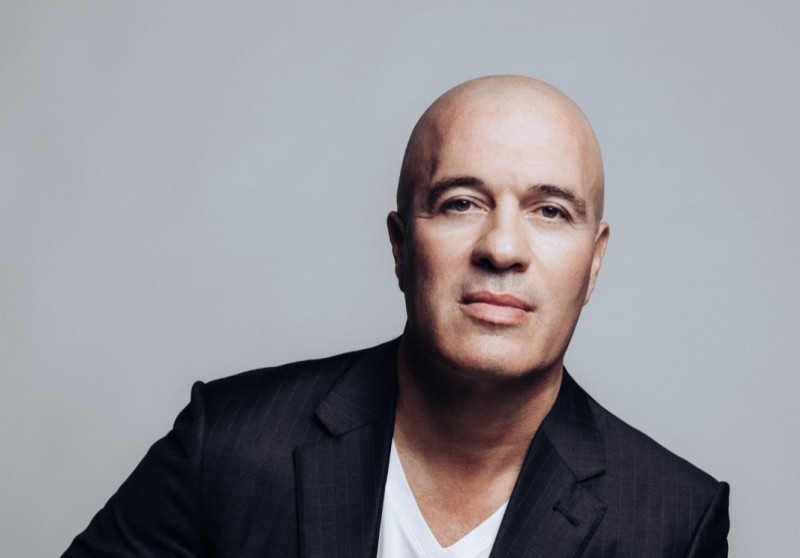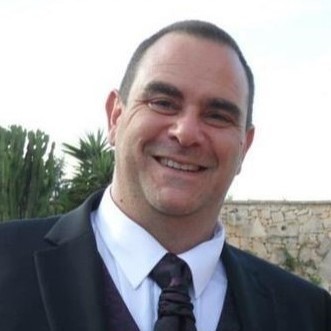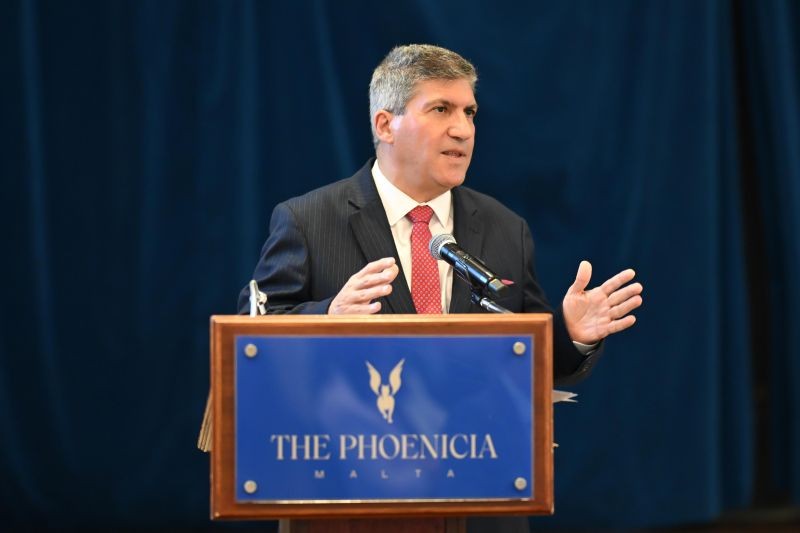Years ago, I was one of those executives that worked very hard and took on more than I could probably chew because I had a drive to perform and reach the highest possible levels of performance I could imagine. I made a deal with myself that the time to enjoy life, family and spend time relaxing would come later, as a result of my hard work. I took on more and more work to grow the organisation, stretching myself ever further to get things done, in a never-ending cycle of work. Sisyphus would have been proud.
I know many top executives and owners that, in pursuit of their ultimate work performance, have broken marriages, families and their own health. Today, I think that this decision is the most ridiculous approach to personal effectiveness and happiness that I could have subscribed to.
There is absolutely no doubt in my mind that I perform better when I am happy. This means that if my state of mind is positive at home, in my work and my free time (staying healthy), then my overall performance will increase, especially at work. I will be more focused, less worried, think more clearly and get more done with less drama. So why on earth would I want to try and balance work and life to be happy? Why not be happy all the time?
The problem with the work-life balance model
The problem with the work-life balance model is that it works on a sliding scale. With 24 hours being roughly divided up between work, sleep and play; in order to work harder (i.e., ‘more’) then I either sleep less or enjoy life less, or both. The total, on this slider scale, remains 100 per cent. Think about it… with this model, to increase my work-life balance I need to reduce work, which most attribute with earning less money or being less productive, making me less happy at work. I am then happier at ‘life’, adding back up to my 100 per cent. In a word, I am compromising. Worse still, it’s a tug of war on your energy, battling with yourself to please either the business or the family, in most cases. This is pure unproductive effort.
How to change it
During one of my ‘taking stock’ moments of quiet time, I realised that this wasn’t going to work. I’d probably have to work all the way up until retirement to then start enjoying life. Winning the lottery wasn’t going to happen. I wasn’t prepared to wait that long, so I decided that my next goal would be to build up enough resources to engage more help to delegate and empower to, so that I could focus on the work I really enjoyed doing. As a result, I was soon working at the level that I was getting paid for and performing far better. I went from working 60 hours a week with 20 employees to working a regular day with 200 employees. My purpose changed; the results clearly justified the investment.
The other change was the decision to stop measuring my effectiveness by time and getting rid of the ‘slider’ approach to managing my day. I started to seek ways to maximise instead of compromise. I wanted to choose to do everything that I could to the best of my abilities. As a result, I had to start saying no to workload that would make me ineffective. Everything became subject to my new purpose, and everything had to move me closer to maximum. All of a sudden, I felt effective and in control. My decision-making improved dramatically as a result of a clearer mind and the new-found time to think. I often reached a state of mind-flow and became super-productive. The business continued to grow.
Doubling down
With my purpose in place and my day-job sorted, I still felt I wasn’t reaching 200 per cent with both work and play. I started to overlap my passion for sports with my work and my purpose, using my free time training to raise funds for charity. I started to include my children in my work, organising family fundraising activities as well as taking my wife and kids along on some of my challenges. My new-found ability to say no also meant that I had freer weekends and more evenings off. As a result of involving them, my family understood my work and the need for me to give it time and were less reluctant and upset when I was called away to solve a problem. I was maximising.
Today, I have clients who still call themselves workaholics. Some of them do this with a sense of pride or kudos, which really worries me. Many have come to accept that their relationships will suffer as a result, and that poor health comes with the territory. My goal is to flip their mindset.
Ultimate performance requires an exponential growth curve. This high level of performance requires an equally exponential and parallel curve of physical and mental energy. There is no way that performance of this level can be attained through an overworked brain and a dilapidated body. It just won’t happen.
If you, like me, find that trying to balance work and life to achieve some semblance of happiness is just not useful, you really need to ditch that slider and stop compromising. Perhaps I can help you find your purpose and sift through all the stuff so you can achieve your 200 per cent. Get in touch.

Nathan has recently released ‘A Million Steps’: Lessons from the limit of physical and mental endurance. How to light the fire every day in business and life. It can be purchased from local bookstores as well as on Amazon and Kindle.
6 morning routine mistakes to avoid that could cost you productivity
There are easy and effective ways to set the right tone from the start of your day.
Mistakes CEOs regret and how to avoid them
Many CEOs look back and wish they had done things differently.
6 steps business leaders must follow to address negative online reviews
Responding to online critics is an effective way of protecting a company’s reputation and building customer loyalty.
Provide feedback and show respect: 5 ways business leaders can steer a young team towards success
Millennials and Gen Z employees are on the rise, and while they are wrongly viewed as ‘unmotivated’ and ‘entitled’, they ...









